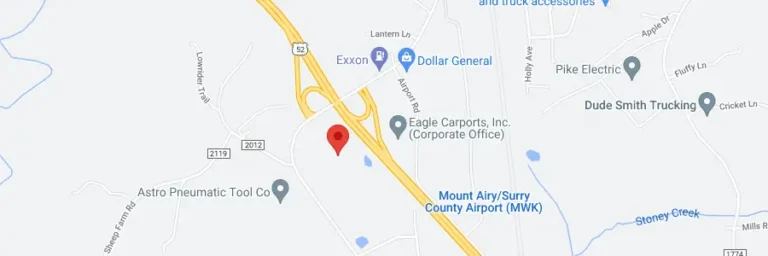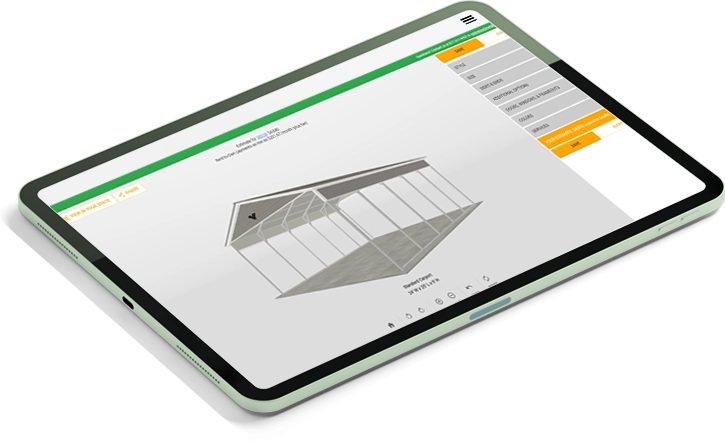According to the American Iron and Steel Institute, the use of steel as a sustainable…
We supply and install quality metal buildings in 21+ states!
Adding Security to Your Metal Buildings
Copyright © 2025 Metallum Structures - All rights reserved. | Blog Sitemap | Privacy Policy


